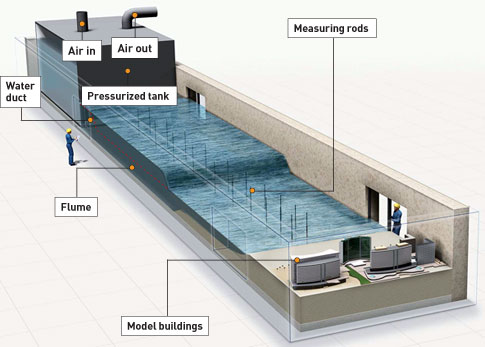

The mercury is rising in more ways than one. As our planet warms, wildfires such as the recent blazes in California are expected to become more common. And, a recent study shows, such fires are a major source of mercury emissions.
The map at left shows the annual average (in metric tons) of mercury, a toxic metal, released into the atmosphere by fires. The estimates are based on fires from 2002 to 2006.
Scientists at the National Center for Atmospheric Research in Boulder, Colorado, calculate that fires in the continental U.S. and Alaska release about 44 tons of mercury every year. Industrial sources such as power plants and incinerators release about 108 tons.
Leaves and ground litter absorb mercury from the atmosphere. When a fire breaks out, the stored mercury is released back into the atmosphere. It is particularly dangerous if it ends up in rivers and lakes, where it can be taken up by fish. Pregnant women and children are discouraged from eating some types of fish because of high mercury levels, which can cause neurological and development problems such as attention and language deficits.—Dawn Stover
Image: National Center for Atmospheric Research







